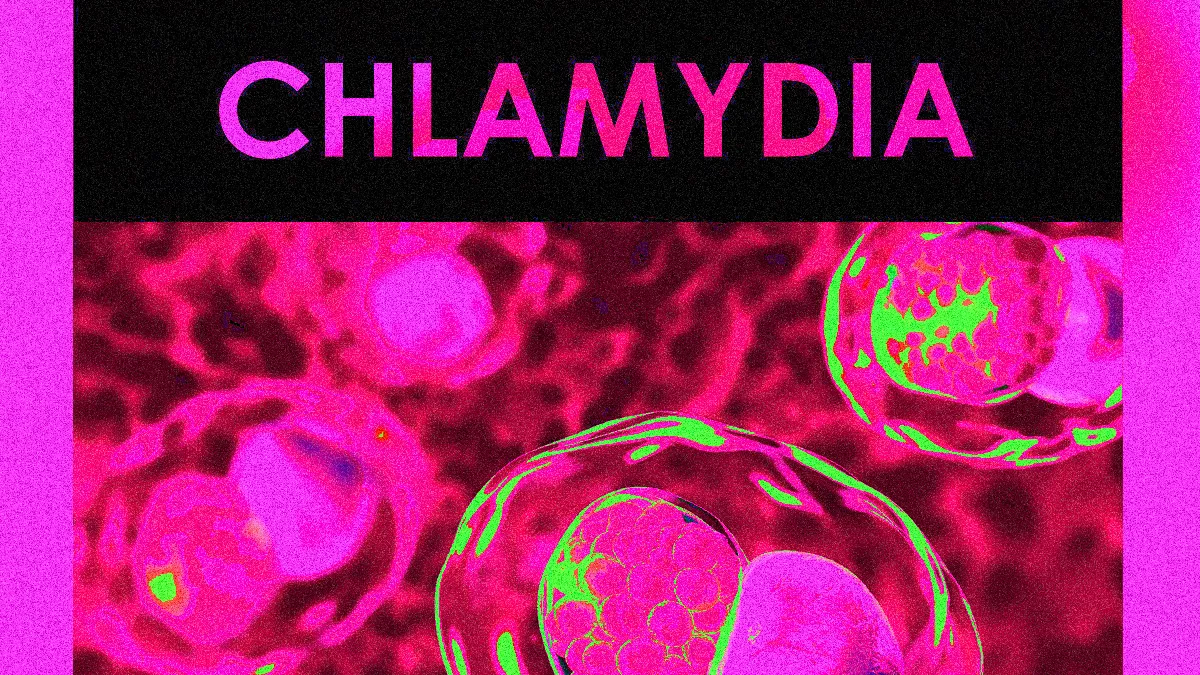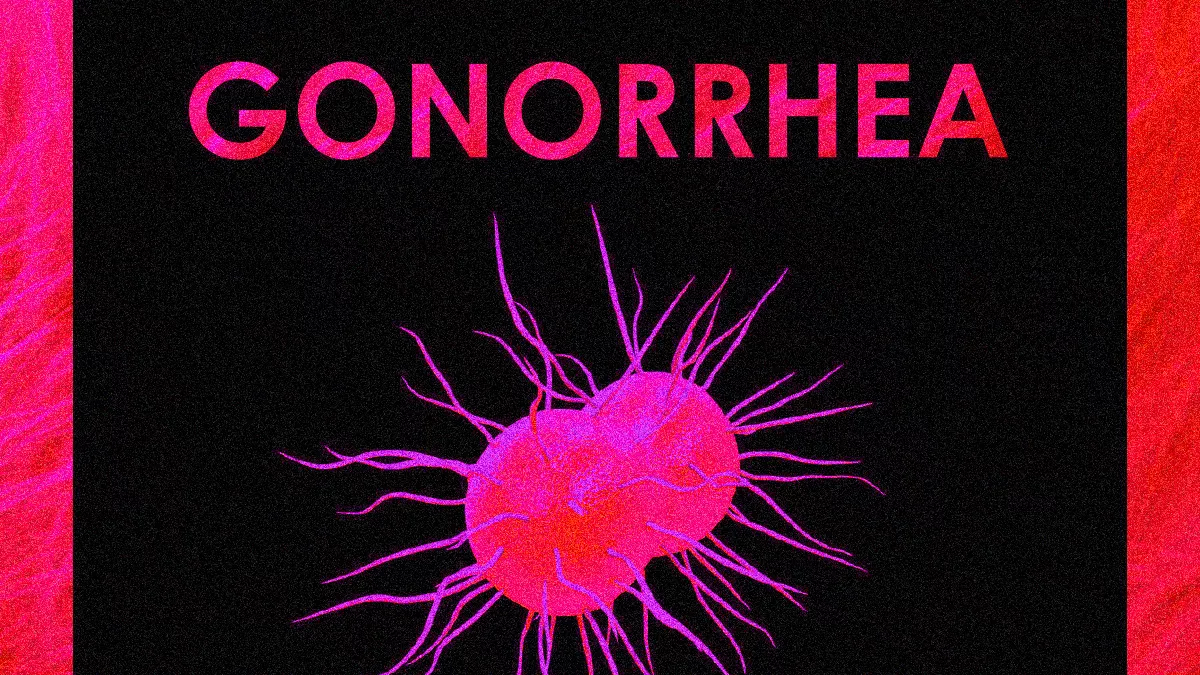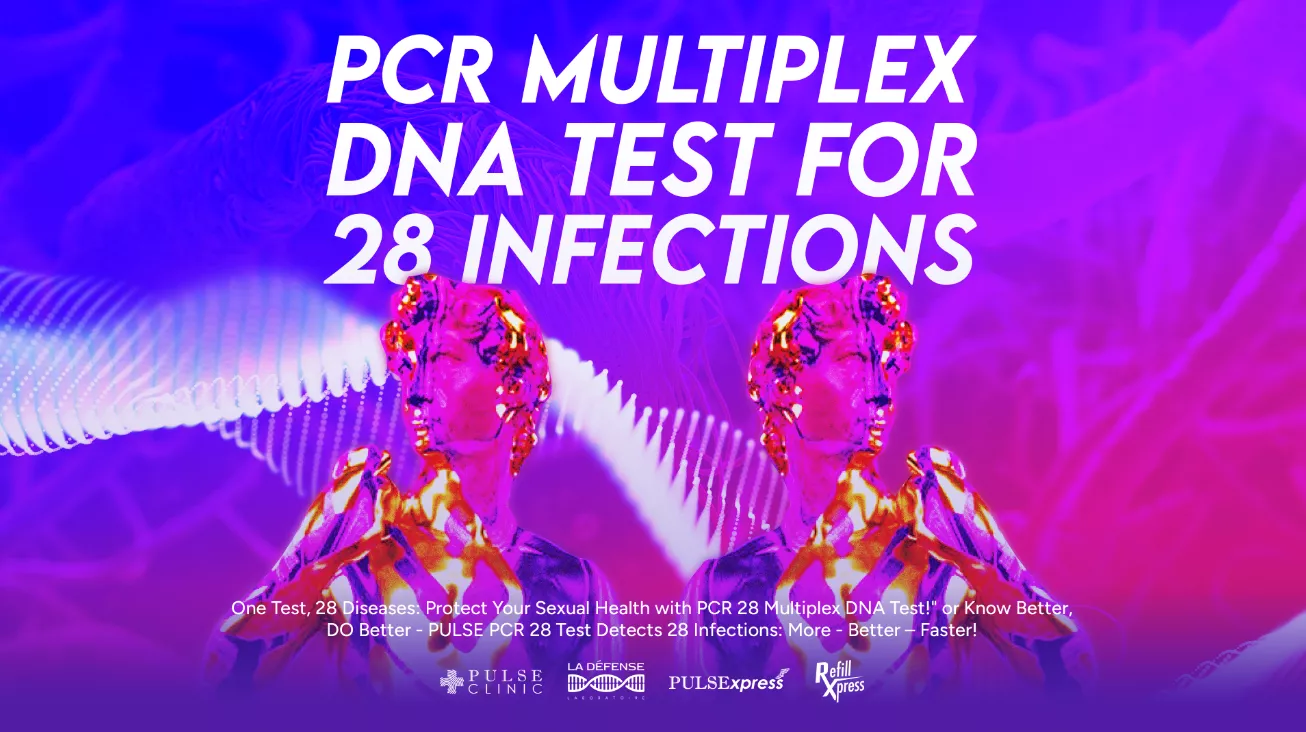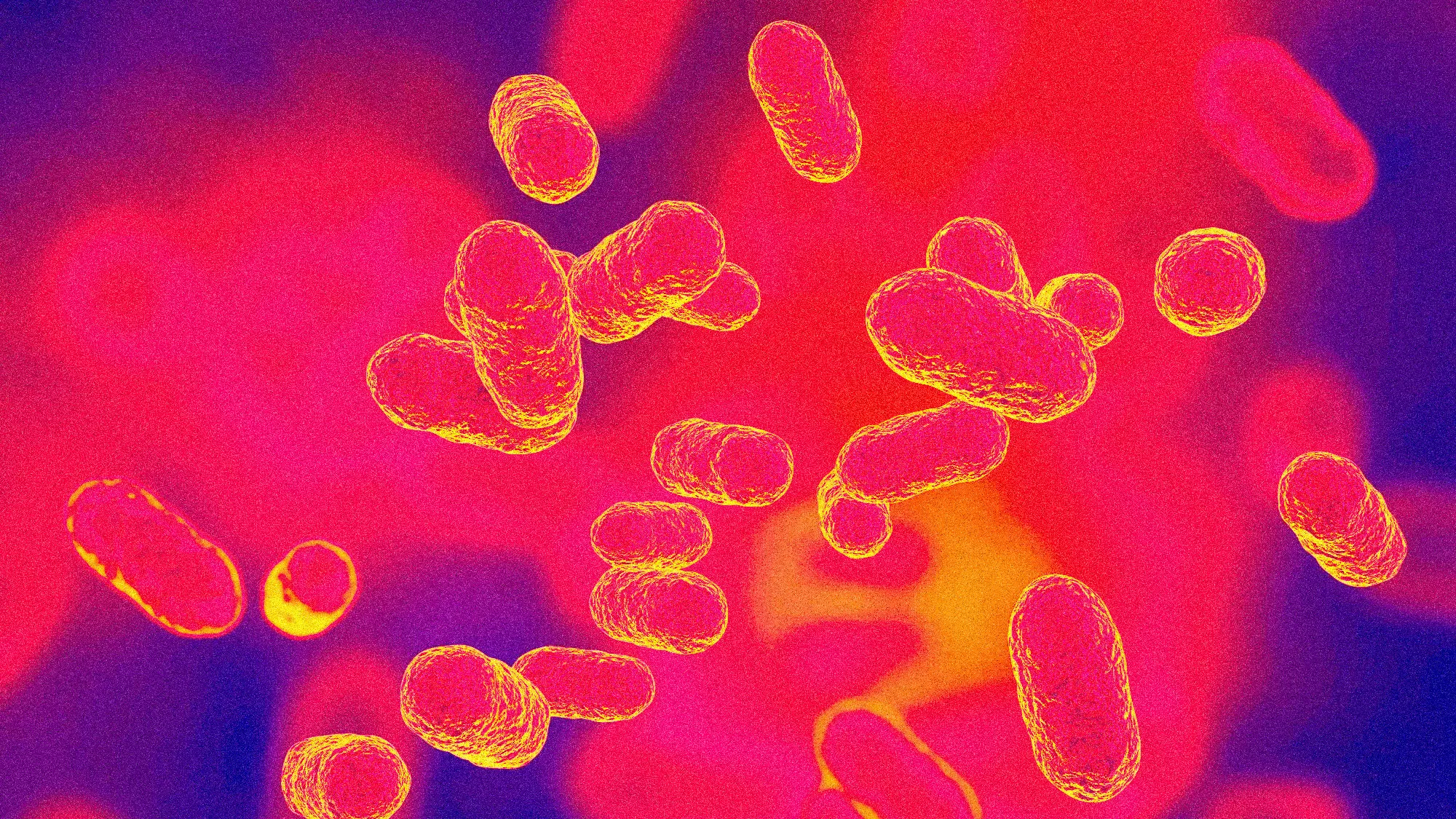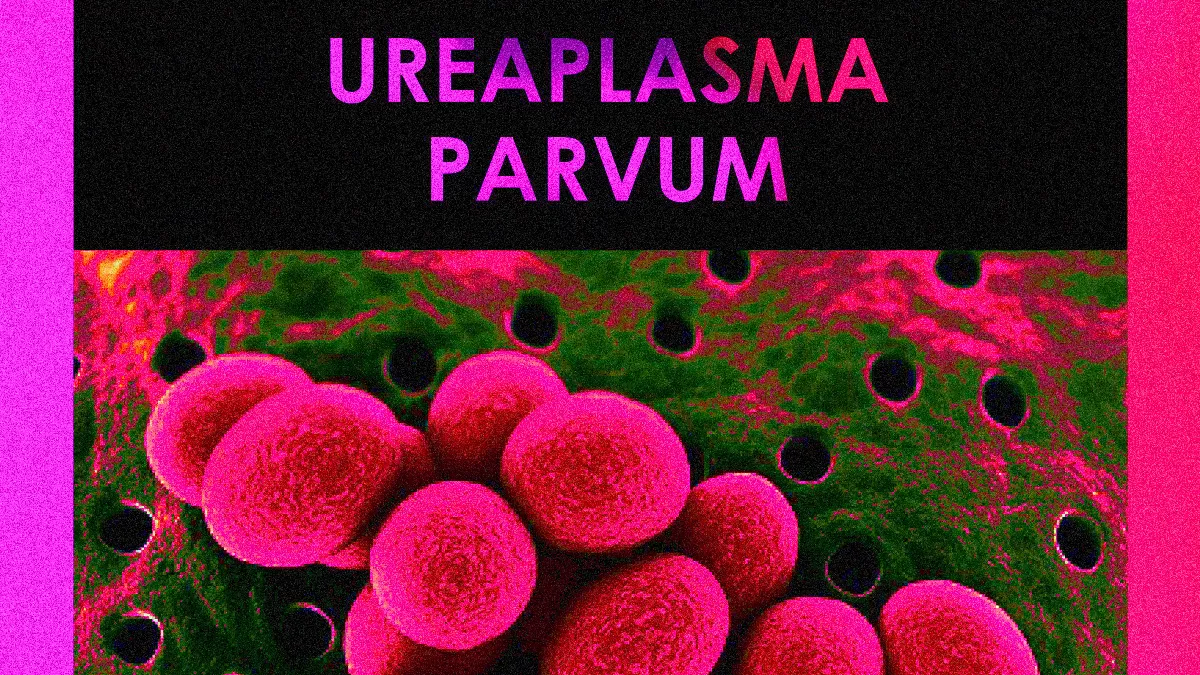Candida tropicalis (CTp) Infection - Symptoms, Complication, Testing and Treatment
1838
Candida tropicalis is a pathogenic yeast that causes infection, particularly in immunocompromised individuals. Learn about its risks and treatments.
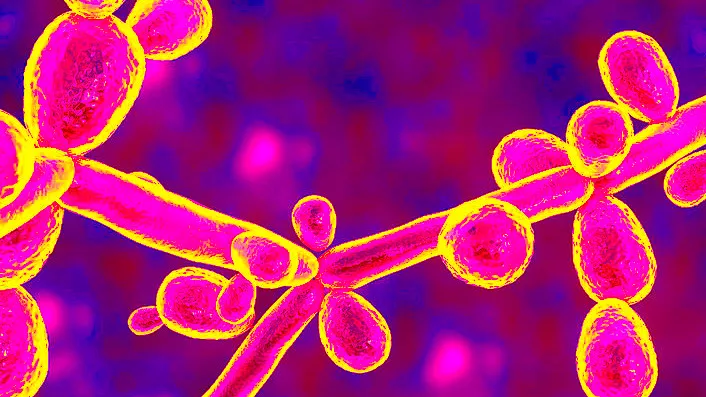
What is Candida tropicalis?
Candida tropicalis, commonly referred to as CTp, is a type of yeast that can cause infections in humans. These infections can manifest in various body parts, ranging from mild to severe. Understanding the symptoms, testing methods, and treatment options is crucial in managing CTp infections effectively.
Other Candida species and their associated infections:
- Candida albicans (CA): Candida albicans are the most common Candida species responsible for various infections. It can cause oral thrush, characterised by creamy white patches on the tongue and mouth lining. CA is also a common cause of vaginal yeast infections (vulvovaginal candidiasis) in women. In addition, it can lead to bloodstream infections (candidemia), especially in individuals with weakened immune systems or those who have undergone invasive medical procedures.
- Candida dubliniensis (CD): Candida dubliniensis is closely related to Candida albicans and shares many similarities regarding infection. It can cause oral diseases, such as thrush and vaginal yeast infections. Although CD is less common than CA, it is still recognised as a potential pathogen in these infections.
- Candida glabrata (CG): Candida glabrata has gained attention as an emerging pathogen known for causing challenging-to-treat infections, particularly in immunocompromised individuals. It is associated with an increased resistance to antifungal medications, such as fluconazole. CG can cause various infections, including vaginal yeast infections, urinary tract infections, bloodstream infections, and infections in other organs.
- Candida krusei (CK): Candida krusei is a less common species but is notable for its innate resistance to fluconazole, a commonly used antifungal medication. This resistance can make CK infections more challenging to treat. CK is known to cause bloodstream infections and other invasive infections in individuals with compromised immune systems or those who have received prolonged antifungal therapy.
- Candida lusitaniae (CL): Candida lusitaniae is an infrequent Candida species that has inherent resistance to amphotericin B, a commonly used antifungal medication for severe fungal infections. While CL infections are relatively rare, they have been associated with bloodstream infections, especially in individuals with compromised immune systems.
- Candida parapsilosis (CP): Candida parapsilosis is a significant cause of invasive candidiasis, particularly in neonates (newborns) and individuals with medical devices such as catheters or prosthetic devices. It is often associated with biofilm formation on these medical devices, increasing the risk of infection.
It is important to note that each Candida species may exhibit variations in its susceptibility to antifungal treatments and its propensity for causing specific types of infections. Proper identification of the Candida species involved is crucial for guiding appropriate treatment strategies.
Get Tested and Treated for Candida Tropicalis at PULSE Clinic
Contact us at info.bkk@pulse-clinic.com or chat on your preferred platform:
![]() +66 65 237 1936
+66 65 237 1936  @PULSEClinic
@PULSEClinic ![]() PulseClinic
PulseClinic
How is Candida tropicalis (CTp) transmitted?
Candida tropicalis (CTp) infection is primarily transmitted through the following mechanisms:
- Opportunistic Infection: Candida species, including Candida tropicalis, are part of the normal microbial flora found in the human body, particularly in the gastrointestinal tract, skin, and mucous membranes. CTp infections typically occur when there is an opportunity for the fungus to overgrow and cause an infection. Factors that can contribute to this overgrowth include weakened immune system, underlying health conditions, prolonged antibiotic use, hormonal changes, and invasive medical procedures.
- Person-to-Person Transmission: CTp infections are not considered highly contagious, and direct person-to-person transmission is rare. However, in certain circumstances, transmission can occur through contact with infected individuals. This can happen through close personal contact, sexual intercourse, or vertical transmission from an infected mother to her newborn during childbirth.
- Healthcare-Associated Infections: Candida tropicalis infections can also be acquired in healthcare settings, particularly in hospitalised individuals or receiving medical treatments that disrupt the natural balance of microorganisms in the body. Contaminated medical devices, such as intravenous or urinary catheters, can be a source of infection.
- Environmental Exposure: While less common, acquiring CTp infection from environmental sources is possible. Fungi, including Candida tropicalis, can be found in the environment, such as soil, water, and food. However, the significance of environmental transmission in CTp infections is generally lower compared to other fungal infections.
Note: It's important to note that individuals with weakened immune systems, such as those with HIV/AIDS, undergoing cancer treatment, or receiving immunosuppressive medications, are at a higher risk of developing CTp infections. Taking necessary precautions to prevent opportunistic infections, practising good hygiene, and promptly addressing underlying health conditions can help reduce the risk of Candida tropicalis transmission.
Window period of Candida tropicalis (CTp) Infection
Typical Duration
Immediate Onset: Symptoms of Candida tropicalis infection can manifest relatively quickly, often within 1 to 2 weeks after exposure. This is particularly true for individuals who are immunocompromised or have underlying health conditions.
Delayed Onset: In some cases, symptoms may take longer to develop, ranging from a few days to several weeks, depending on the individual's immune response and overall health.
Factors Influencing the Window PeriodIndividual Health Status: Immunocompromised individuals (e.g., those with HIV, cancer patients, or organ transplant recipients) are more susceptible to infections and may show symptoms sooner.
Invasive Medical Devices: Patients with catheters, ventilators, or other invasive medical devices may experience a shorter window period, as these devices can facilitate fungal entry into the bloodstream.
Site of Infection: The location of the infection can impact the window period:
- Bloodstream Infections (Candidemia): Symptoms may arise within a few days to weeks and typically present as systemic symptoms, such as fever, chills, and malaise.
- Localized Infections: Symptoms from infections in specific areas (like the skin, urinary tract, or respiratory system) may vary in onset based on the site and individual factors.
Can Candida tropicalis transmit sexually?
Candida tropicalis is primarily an opportunistic pathogen that normally resides as part of the natural flora in various parts of the body, including the gastrointestinal tract, oral cavity, and genital area. While Candida species can be involved in certain sexually transmitted infections, Candida tropicalis is not typically considered a sexually transmitted infection (STI).
However, it's important to note that Candida species, including Candida tropicalis, can be present in the genital area and potentially transmitted during sexual activity. Sexual contact may contribute to the fungus spread between sexual partners, especially if one partner has an active Candida tropicalis infection.
Factors that can increase the risk of transmission include engaging in sexual activities involving close contact or exchanging bodily fluids, such as unprotected vaginal, oral, or anal intercourse. Additionally, individuals with weakened immune systems, such as those with HIV/AIDS, may be more susceptible to acquiring and maintaining Candida tropicalis infections.
If you suspect a Candida tropicalis infection or have concerns about transmission, it is advisable to consult a healthcare professional for an accurate diagnosis and appropriate guidance. They can provide you with specific information and recommendations based on your circumstances.
What are the medical conditions associated with Candida tropicalis?
Candida tropicalis can be associated with several medical conditions, including:
Candidemia
Candidemia refers to the presence of Candida species in the bloodstream. Candida tropicalis is one of the Candida species commonly implicated in candidemia. This condition can occur in individuals with compromised immune systems, those receiving prolonged antibiotic therapy, or those with invasive medical devices like central venous catheters.
Signs and symptoms of candidemia (Candida bloodstream infection) may include fever, chills, rapid heartbeat, low blood pressure, and overall feeling of illness (malaise). In severe cases, it can lead to sepsis, a life-threatening condition.
Invasive candidiasis
Invasive candidiasis refers to invading Candida species into deep tissues and organs. Candida tropicalis can cause invasive infections, such as candidemia, which can spread to various organs, including the liver, spleen, kidneys, and brain. Invasive candidiasis often occurs in individuals with weakened immune systems, those with invasive medical procedures, or individuals with underlying medical conditions.
Invasive infections caused by Candida tropicalis can affect different organs and tissues, leading to specific symptoms. For example, if it affects the kidneys, it can cause kidney infection (pyelonephritis) with symptoms like flank pain, fever, and urinary changes. If it affects the liver, symptoms may include abdominal pain, jaundice (yellowing of the skin and eyes), and hepatomegaly (enlarged liver).
Urinary tract infections (UTIs)
Candida tropicalis can cause urinary tract infections, particularly in individuals with urinary catheters or other urinary tract abnormalities. UTIs caused by Candida species are more common in individuals with compromised immune systems, diabetes, or those who have undergone urinary tract surgeries.
Candida tropicalis can cause UTIs in men, although they are less common compared to women. UTIs caused by this fungus can result in symptoms such as frequent urination, painful urination (dysuria), cloudy urine, blood in the urine (hematuria), and lower abdominal pain.
Vaginal yeast infections
Candida tropicalis, although less common than Candida albicans, can also cause vaginal yeast infections (vulvovaginal candidiasis) in women. These infections are characterized by itching, burning, abnormal discharge, and discomfort in the vaginal area.
In women, Candida tropicalis can cause symptoms of vaginal yeast infections (vulvovaginal candidiasis). These may include itching and irritation in the vaginal area, thick white vaginal discharge resembling cottage cheese, and discomfort or pain during sexual intercourse or urination.
Balanitis
Balanitis refers to inflammation of the head of the penis and foreskin. Candida tropicalis can cause balanitis, leading to symptoms such as redness, swelling, itching, soreness, and a rash on the head of the penis and foreskin. Discharge and discomfort during urination or sexual intercourse may also occur.
It's important to note that Candida tropicalis alone may not always indicate an infection, as it is a normal part of the human microbiota and can be found on the skin, in the mouth, and the gastrointestinal tract. However, Candida tropicalis can overgrow and cause opportunistic infections under certain circumstances, particularly in individuals with compromised immune systems or other predisposing factors. Proper diagnosis and treatment are essential for managing Candida tropicalis-associated conditions.
Who is at risk of Candida tropicalis infection?
Candida tropicalis infections can occur in individuals of various backgrounds, but certain factors may increase the risk. Here are some groups of people who are generally considered to be at higher risk:
- Immunocompromised individuals: Those with weakened immune systems, such as individuals with HIV/AIDS, organ transplant recipients, cancer patients undergoing chemotherapy, or individuals taking immunosuppressive medications, are more susceptible to Candida tropicalis infections. The compromised immune system may fail to effectively control the growth of the fungus, leading to disease.
- Hospitalised patients: Candida tropicalis infections are more common in individuals who have been hospitalized, particularly those in intensive care units (ICUs). Prolonged hospital stays, invasive medical procedures, broad-spectrum antibiotics, and central venous catheters or other medical devices increase the risk of acquiring a Candida tropicalis infection.
- Elderly individuals: Advanced age is a risk factor for Candida tropicalis infections. Elderly individuals often have underlying health conditions and weakened immune systems, making them more vulnerable to infections.
- Individuals with diabetes: Uncontrolled or poorly managed diabetes can create an environment conducive to fungal infections, including Candida tropicalis infections. High blood sugar levels provide an ideal breeding ground for the fungus.
- Individuals with indwelling devices: People with indwelling devices like urinary catheters, central venous catheters, or prosthetic devices (such as joint replacements) are at an increased risk of Candida tropicalis infections. These devices can provide a surface for the fungus to attach and grow.
- Individuals on broad-spectrum antibiotics: The use of broad-spectrum antibiotics can disrupt the natural balance of microorganisms in the body, including the beneficial bacteria that help keep Candida growth in check. This disruption can increase the risk of Candida tropicalis overgrowth and subsequent infection.
It's important to note that while these factors increase the risk, Candida tropicalis infections can still occur in individuals without any apparent risk factors. Suppose you suspect a Candida tropicalis infection or are concerned about your risk. In that case, it is best to consult a healthcare professional who can assess your specific situation and provide appropriate guidance.
Trust PULSE CLINIC to take care of your health like other 45000 people from over 130 countries. We provide discreet professional service with high privacy. Here to help, not to judge.
Candida tropicalis PCR testing
Candida tropicalis PCR testing is a type of test that looks for the DNA of Candida tropicalis, a yeast that can cause infections. It is done by taking a sample from the patient, like blood or tissue, and checking if the Candida tropicalis DNA is present. The test is very accurate and can help diagnose the infection early, especially in people with weak immune systems. The results are reported as positive (Candida tropicalis DNA is found) or negative (it is not found), and this information can guide the appropriate treatment for the infection.
The treatment for Candida tropicalis infection usually involves antifungal medications. These medications are designed to kill the fungus or stop its growth. The specific medication and duration of treatment depend on the severity and location of the infection. Commonly used antifungal medications include fluconazole, amphotericin B, and echinocandins.
PULSE Teleconsult: Connect with Doctors Anytime, Anywhere!
Sometimes you might not be able to go to a STD clinics when you have concerns about your health. PULSE now offers PULSE Telemedicine & Teleconsult, enabling both new and existing patients to connect with doctors from 16 branches across 6 countries during clinic hours for non-emergency consultations. After the consultation, medications are delivered directly to the patient's doorstep.
3 Easy Steps to Get a Teleconsult with PULSE!
- Connect with us Either on Whatsapp, Line App to Chat with us or call us to talk with our staff to request teleconsult
- Verification & Consultation Our team will guide you through the verification process before your online consultation. Our doctors provide virtual consultations via available platforms, just like a traditional visit—only from the comfort of your home! Access care anywhere, anytime.
- Get Your Treatment From Home! If your doctor determines that medication is necessary, they will provide you with a medical certificate and prescription. Your medication can be delivered to your address through our online delivery service, or in some cases, you may choose to use the prescription at a local pharmacy. For certain conditions, further lab tests may be required, and the doctor may recommend scheduling an appointment at one of our clinics near you!
Test of Cure After Treatment with Our Teleconsult Services: Ensuring Complete Recovery
After completing treatment through our teleconsult services, your doctor may recommend a PCR test as a follow-up test of cure. This is to ensure the effectiveness of the treatment and that the prescribed medication has successfully eliminated the infection. We prioritize your health by confirming that no infection remains in your system, helping to prevent persistent or recurrent infections, complications, or the development of drug resistance. Typically, this test is performed around three weeks after your final day of treatment to ensure optimal results.
Teleconsult is now available for booking through our staff at PULSE Clinic. Our team will help guide you through the process to ensure your session with one of our doctors goes as smoothly as possible for you. Contact us at info.bkk@pulse-clinic.com o/ๅr chat on your preferred platform:
![]() +66 65 237 1936
+66 65 237 1936  @PULSEClinic
@PULSEClinic ![]() PulseClinic
PulseClinic
Treatment for Candida tropicali infection
The treatment may be in the form of oral tablets, creams, or intravenous (IV) injections, depending on the type and severity of the infection. It is important to take the medications as prescribed by the healthcare provider and complete the full course of treatment, even if the symptoms improve. This helps to ensure that the infection is completely cleared and reduces the risk of recurrence.
In addition to medication, lifestyle changes and hygiene practices may also be recommended. These may include keeping the affected area clean and dry, avoiding irritants or allergens, and maintaining a healthy immune system through proper nutrition, exercise, and adequate rest.
It's essential to consult a healthcare professional for a proper diagnosis and to determine the most appropriate treatment plan for Candida tropicalis infection.
Add us on Line and stay in touch.
Loading...
Clinic Locations
Loading...



